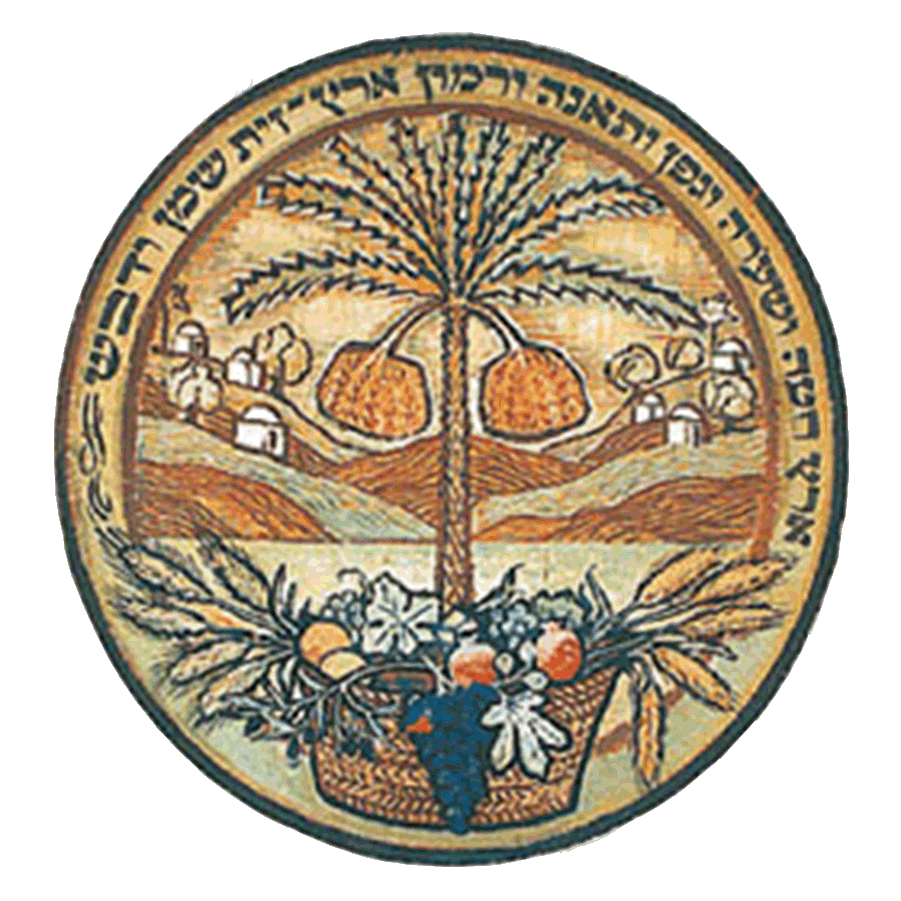Unlocking Genetic Diversity of Wheat Landraces
For over a century, genetic diversity of wheat worldwide was eroded by continual selection for high yields and industrial demands. Wheat landraces cultivated in Israel and Palestine demonstrate high genetic diversity and a potentially wide repertoire of adaptive alleles. While most Israeli-Palestinian wheat landraces were lost in the transition to “Green Revolution” semi-dwarf varieties, some germplasm collections made at the beginning of the 20th century survived in gene banks and private collections worldwide. However, fragmentation and poor conservation place this unique genetic resource at a high risk of genetic erosion.
The overall long-term goal of this project is to restore, conserve and characterize a collection of Israeli and Palestinian wheat landraces (IPLR) (n=932) in comparison to a reference panel of elite Israeli cultivars (n=56). Characterization is based on detailed passport data, morphological and phenotypic field based assessment, genetic profiling and quality traits. The phenotypic assays were carried out during two seasons in the field and include agronomic and productivity traits. Genetic profiling was assessed through 84 SNP markers, 90K Illumina and DartSeq GBS. The preliminary results of the IPLR collection emphasize the potential of the wide allelic diversity for pre-breeding programs along with conservation of this unique gene pool.


